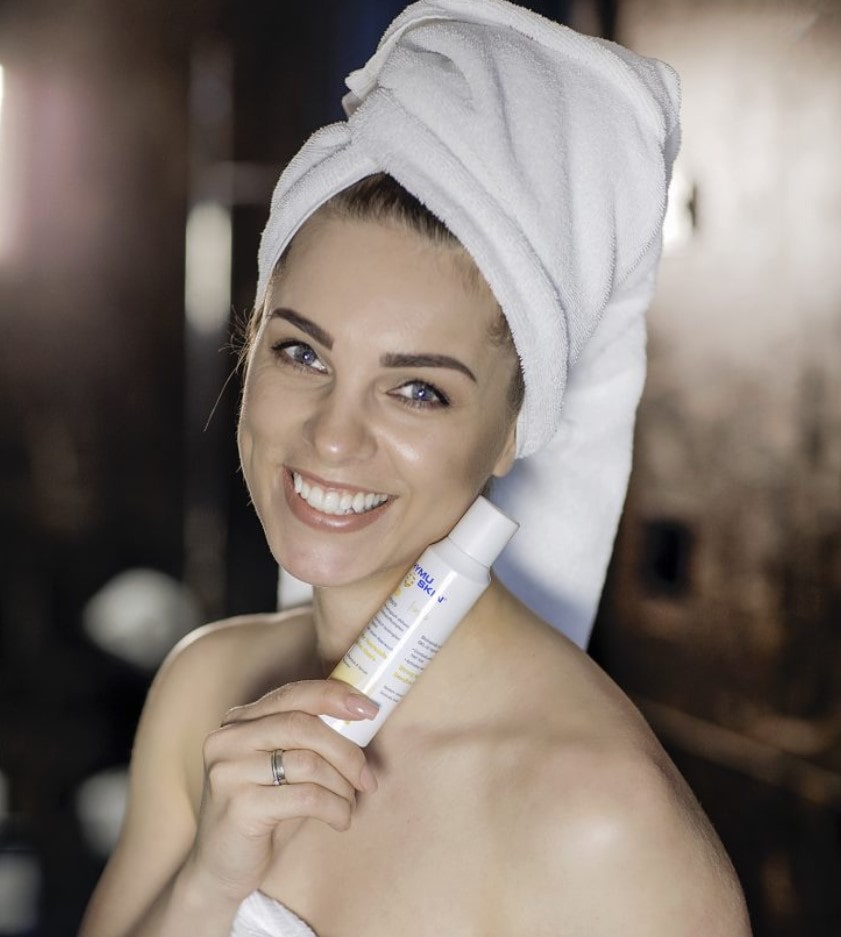Business communication today is more important than ever.
Strong and well-developed communication with clients, employees, suppliers, partners, and beyond creates a positive company image and reputation, and significantly contributes to business success. However, over time, communication strategies evolve, so to remain visible and understood in the market, it is essential to keep up with the latest trends in business communication.
Nowadays, to create an appealing message, well-chosen words or elegant phrases are no longer enough. Colors, shapes, background, visuals, symbols, photos, videos, graphics, and other types of visual content play a crucial role not only in shaping a company’s image but also in capturing attention. A dull, uninspired photo posted on social media without any deeper meaning will most likely go unnoticed.
Industries in the light sector that actively engage in social media (such as food products, restaurant and hotel services, fashion or leisure goods and services) usually understand the core aspects of high-quality content for platforms like Facebook or Instagram. However, business sectors that are less active in promoting themselves online—particularly heavy industry (manufacturing, construction, transportation, agriculture)—often make key mistakes when creating visual content meant to represent their brand.
This doesn’t mean that high-quality visual content always requires elaborate professional photo shoots. Sometimes, knowing a few essential rules can make a huge difference in the final result. Let’s take a closer look at what truly makes business-created content successful:
1. Location.
If you’re taking a photo for business communication, think about the setting. Ideally, it should be associative—something recognizable for your audience. If it’s an outdoor environment, choose a city skyline, old town, well-known street, landmark, square, or park. If you’re photographing indoors, make sure the office looks tidy, with no unnecessary clutter in view. Remember, you’re creating a visual story in people’s imagination.

2. Timing.
Choose a time for the photoshoot that best reflects the mood you want to create—morning, evening, rain, sunshine, etc. Both weather conditions and time of day can turn an ordinary photo into something exceptional.
3. Uniqueness.
Remember that the image you create should be authentic—not taken from the internet or public photo libraries. Real visuals help build trust and connection with the audience, so use photos from actual meetings with partners or manufacturers.
4. Image.
If your company has branded clothing or accessories, make sure people in the photos are wearing them. If not, pay attention to the overall look—employees should appear professional and presentable.
5. Charisma.
If possible, invite your most charismatic employee—someone with a big smile or memorable facial features—for the photoshoot. This helps convey the intended mood more effectively and makes the image more memorable.

6. Message.
This is a key part of your communication. Every photo you take should convey a message—whether it’s about the work process, results, interaction with clients or partners, and so on. Think about what you want to say and try to reflect that in the image.
7. Emotion.
Emotion is important in both written and visual content. It always helps sell, and in communication, it serves as an effective attraction tool. Take photos in a well-lit environment, consider a compelling angle and a thoughtful background (second plan).

8. Retouching.
Even the best photos—or those from a professional advertising shoot (whether for Facebook, LinkedIn, or Instagram)—can always look a little better. Sometimes, slightly increasing the contrast is enough to significantly improve the image. However, don’t overdo it with filters; aim to maintain a natural and authentic look.
9. People.
In photoshoots, try to feature people rather than objects, unless the message specifically requires otherwise. Studies show that photos featuring people build more trust, as viewers can more easily picture themselves in the scenario—relating better to the service or product.

10. Aesthetics.
Consider whether the photos look aesthetically pleasing and whether there is anything in them that might reveal a lack of professionalism or responsibility within the company. Check if the employees shown in the photos are following safety regulations, and ensure that backgrounds don’t include smoking areas, employees eating lunch, or similar distracting elements.